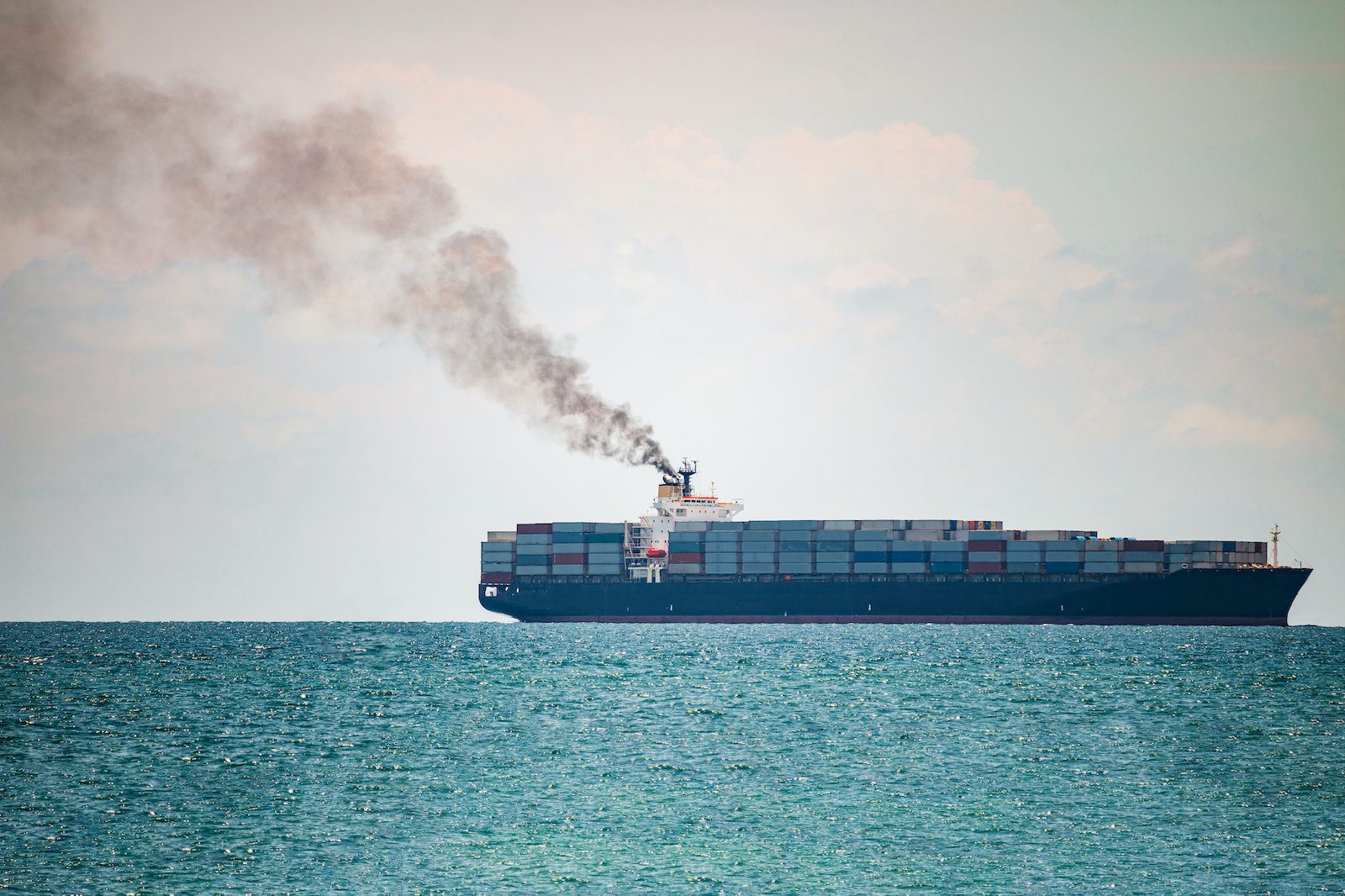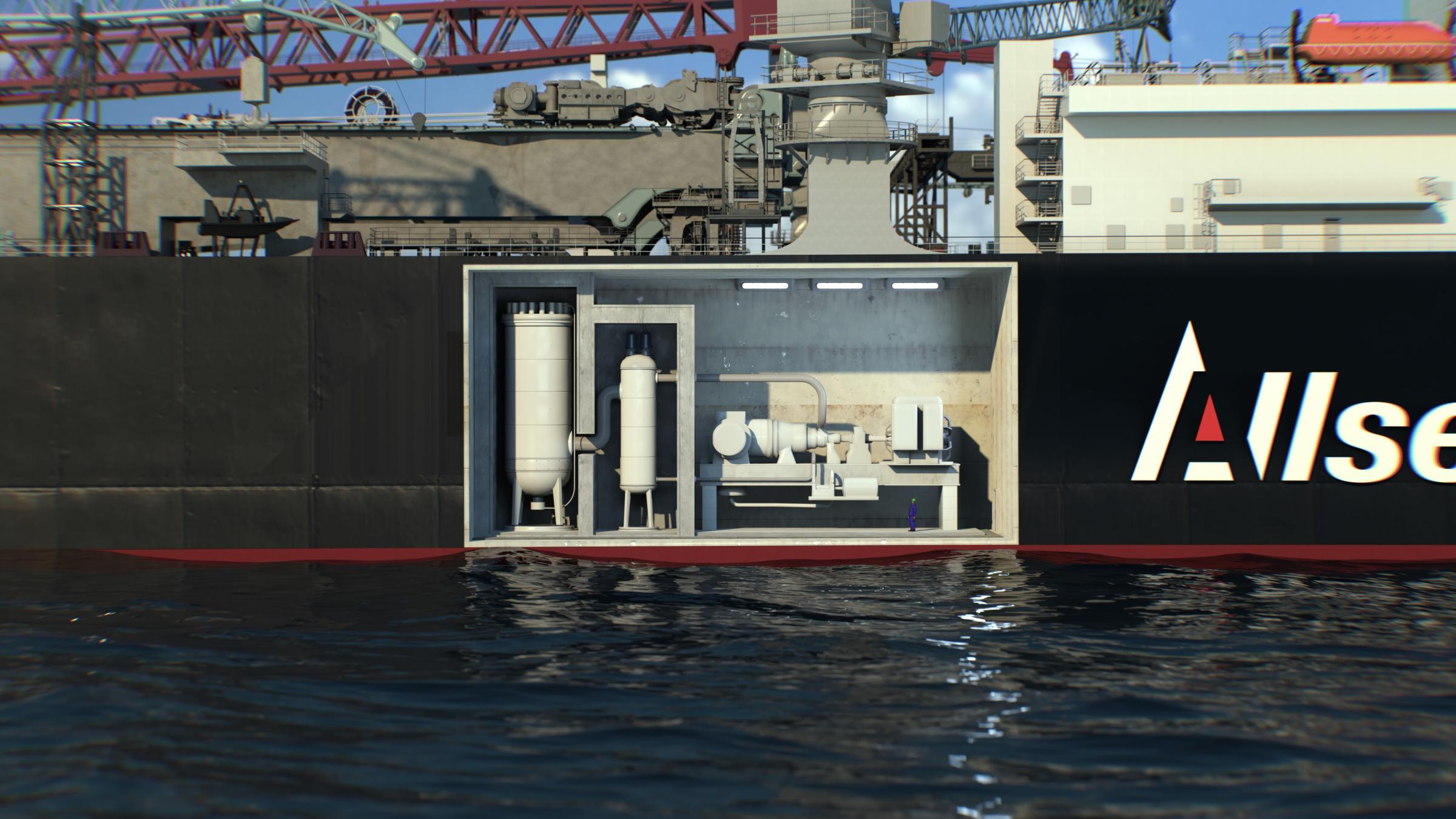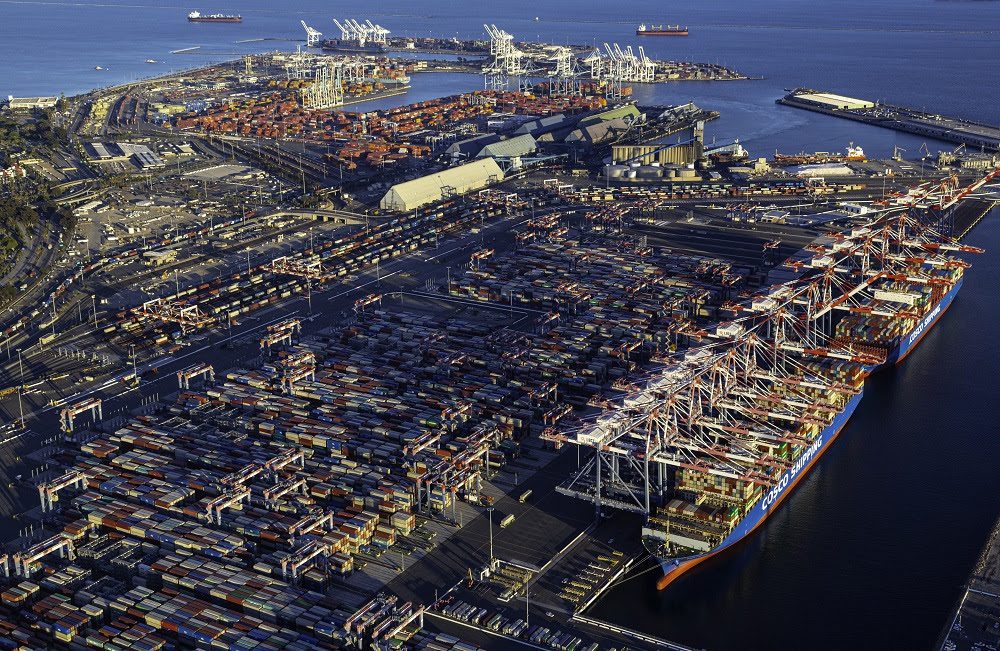By Todd Woody
(Bloomberg) –An agreement reached this month on the language of a landmark United Nations treaty to preserve marine biodiversity will transform how countries, corporations and scientific organizations do business on the high seas, the 60% of the ocean beyond any nation’s jurisdiction. If the accord is ratified as expected, what was once an essentially lawless ocean will be managed to protect ecosystems that maintain life on Earth at a time when climate impacts are intensifying.
Read Also: Most Shipping Banks Fall Short of IMO’s Climate Ambition -Report
The high seas biodiversity treaty is the most far-ranging ocean agreement since the 1982 UN Convention on the Law of the Sea (UNCLOS), which regulates activities in international waters, including seabed mining. While UNCLOS doesn’t mention the word “biodiversity,” the new treaty specifies 21st century threats to marine life that include plastic pollution and climate-caused ocean acidification and deoxygenation
The treaty also creates institutions for implementation, including a secretariat to manage day-to-day affairs and a Scientific and Technical Body that will review environmental impact assessments and proposals to create marine protected areas (MPAs) and advise on other matters. Final decisions will be made by member states meeting periodically as a Conference of the Parties (COP). (The treaty does not regulate fishing on the high seas, which is managed by other international organizations.)
The product of nearly five years of negotiations that often deadlocked over differences between rich and poor nations, the treaty also reflects compromises, some of which were hammered out in a final nonstop 36-hour negotiating session on March 4.
Sixty nations must ratify the marine biodiversity treaty for it to come into force, and that timeline depends on each country’s process for approval of international agreements. If and when the accord is ratified, here’s how its major provisions will change life and commerce on the high seas.
Marine Protected Areas
For the first time, nations will be able to propose the establishment of marine sanctuaries in international waters to “conserve and sustainably use areas requiring protections,” according to the treaty.
A bid to create an MPA must include data on the area’s biological uniqueness, threats to species and a management and monitoring plan. After the Scientific and Technical Body reviews and comments on the proposal, it will be released for consultation with other nations, scientists, indigenous communities and the general public.
Other UN treaty organizations require consensus before action can be taken. Such a condition in the Antarctic Treaty, for instance, has allowed one or two nations to repeatedly stymie efforts to expand protected areas on the continent. The high seas biodiversity treaty, on the other hand, allows approval of an MPA with a three-quarters vote by the COP if consensus can’t be reached.
“That is definitely a huge step forward and can make this treaty workable,” says Kristina Gjerde, senior high seas advisor at the International Union for Conservation of Nature.
Duncan Currie, an international environmental lawyer who specializes in ocean issues, says he’s already working with organizations in Chile on a proposal to establish an MPA off the west coast of South America. “Boats are going to be out in the water this year” to collect scientific data for the proposal, he says. “There will be other efforts to develop MPAs that are a priority as ratification of the treaty proceeds.”
The creation of high seas preserves could come into conflict with the International Seabed Authority (ISA), a UN-affiliated organization established under UNCLOS in 1994 to regulate mining of the ocean floor. A memo the ISA secretariat recently submitted to high seas treaty negotiators asserted the ISA’s authority over the seabed and stated it has the expertise to develop MPAs.
The biodiversity treaty requires the COP to not undermine other international organizations’ jurisdictions. But Pradeep Singh, an ocean governance scholar at the University of Bremen in Germany, noted the conundrum of establishing high seas marine sanctuaries when industrial activity on the seabed below could pollute them.
Related Article: Renewable Energy vs Ocean Life – The Deep Sea Mining Dilemma
“It doesn’t make sense from an ecological perspective if we’re going to have high seas protected areas but then the ISA allows mining to happen on the seabed,” he says.
The treaty authorizes the COP to take emergency measures if a natural or human-triggered disaster threatens serious or irreparable harm to marine biodiversity on the high seas. Rutgers Law School associate professor Cymie Payne, an expert on international ocean governance, says such measures could be invoked if there’s an oil spill or other industrial incident. “You might completely close the area for a period of time until it’s possible to either to clean up the spill or natural degradation has addressed the pollution problem,” she says.
Environmental Impact Assessments
The treaty’s requirement that environmental impact assessments (EIAs) be conducted for activities that could have a harmful or an unknown impact on the high seas comes amid growing interest in using the ocean to absorb and store carbon dioxide.
Under the treaty, national governments will be responsible for determining if a proposed action by an entity under their authority requires an EIA. If so, the government must conduct the assessment and submit the report to the Scientific and Technical Body for review. (If a government decides an EIA is not warranted, it still must notify the organization.)
While the Scientific and Technical Body and other nations and organizations can comment on the EIA, the COP can’t stop an activity on the high seas it deems potentially harmful. That remains the decision of the national government. “That was one of the controversial issues and compromises made at the last minute during negotiations,” says Gjerde.
Some observers have questioned whether companies will “forum shop” for countries with less stringent environmental-review requirements or that lack the resources to conduct comprehensive evaluations. Payne says that while most nations have environmental review laws, those procedures may need to be amended to require EIAs for activities proposed for the high seas.
“That’s something that the treaty tries to deal with by setting out basic standards and guidelines for EIAs as well as transparency measures,” says Payne. She notes that another provision, called “capacity building” in UN argot, requires developed nations to provide resources and assistance to developing countries so they can institute procedures to enforce the treaty.
Marine Genetic Resources
Companies and countries have long eyed the ocean as a potential source of riches from bioprospecting marine organisms to make novel pharmaceuticals, cosmetics and other products. Under the treaty, marine genetic resources — which includes marine molecules, bacteria and algae — are designated as the common heritage of humankind whose bounty is to be shared among nations.
At least six months before the launch of an expedition to collect marine genetic resources, organizers must submit their destination, what they intend to gather and other details of the mission to a publicly accessible clearinghouse established by the treaty. The location of stored specimens and their genetic sequencing data must also be provided to the clearinghouse, along with information on patents and sales for any products derived from marine genetic resources.
How those financial benefits will be divided among nations will be later determined by the COP.
“This treaty has a very strong institutional framework,” says Currie, the international lawyer. “Until now there has been no regular place for ocean biodiversity matters to be considered.”
© 2023 Bloomberg L.P.

 Join The Club
Join The Club










